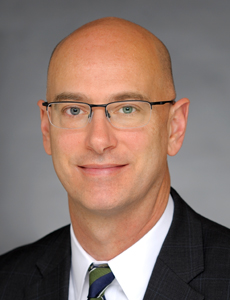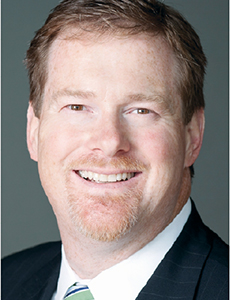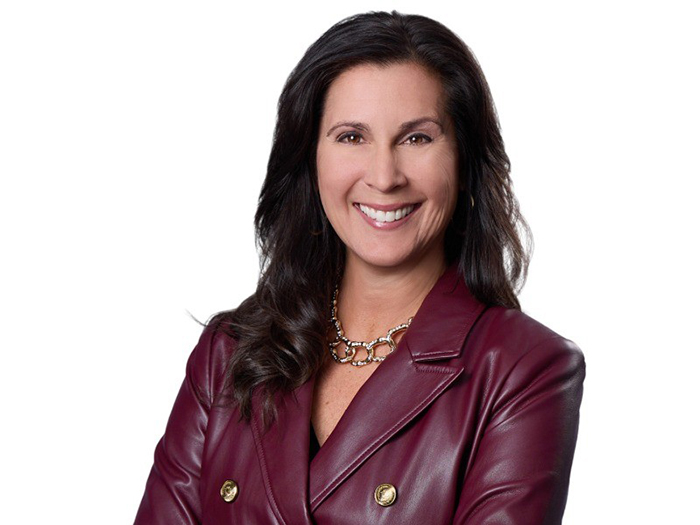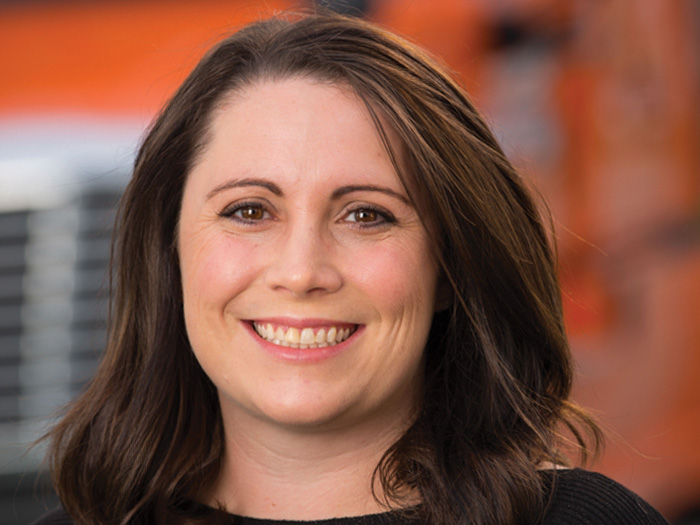Brokerage
Brokers: A Buyer’s Market for Captives

Today’s market offers captive insurance companies a particularly advantageous time to upgrade their investment portfolios. However, they must be willing to give up unrewarding practices in favor of more ambitious opportunities.
“Simply put, it’s a buyer’s market,” said Boston-based Josh Stirling, managing director and senior vice president, U.S. insurance, Sanford C. Bernstein & Co. “If you’re a captive owner, it’s probably a good time to buy more reinsurance or buy down your deductible or self-insured retention.”
In this environment, Stirling said, captive buyers are seeing more competition from reinsurers and primary companies that want to help them manage their risks, offering them favorable coverage at lower prices.
“With pressure from carriers and reinsurers to compete for business, this provides captive buyers and their brokers substantial leverage to negotiate for better value with their risk-taking partners,” Stirling said.
“If you’re a captive owner, it’s probably a good time to buy more reinsurance or buy down your deductible or self-insured retention.” — Josh Stirling, managing director and senior vice president, U.S. insurance, Sanford C. Bernstein & Co.
“This will lead to more opportunities for brokers to create value by partnering with carriers and reinsurers to design new coverages to better protect captives,” he said.
Added Gary Greene, Franklin, Tenn.-based Raymond James & Associates senior vice president-investments and managing director: “Captives of all sizes need to have an asset strategy, and ‘parking’ cash in the bank is not an asset strategy.
“Captive owners tend to hyper-focus on their liabilities and miss the opportunities with their assets. In doing so, they run the risk that their assets are misaligned and may increase overall risk.”
Greene noted that, overall, he believed prospects for captive growth remain favorable.
Asset Strategies
But given that interest rates have remained subdued since 2008, many captives have experienced an interest income shortfall from their actuarial forecast, Greene said.
“As these shortfalls have persisted,” Greene said, “captives found themselves recognizing the importance of developing an appropriate asset investment strategy that complements their liabilities.”
Captive owners generally remain cautious about accepting investment risk, yet they find the option of sitting in cash unpalatable, Greene said.
“So we see captives moving cash away from bank accounts and into low-to-moderate-risk investments,” he said. “Things like government and corporate bonds, with some captives venturing into diversified equities portfolios.”
Tim DePriest, Glendale, Calif.-based managing director for Arthur J. Gallagher & Co., noted that a captive should have in place an appropriate level of excess insurance to protect the group should a large catastrophic loss occur, or if over the course of the year the aggregate dollar amount of losses exhausts the premium that has been collected.
“Transparency is very important in running a captive effectively,” DePriest said. “Members should be privy to the inner workings of the captive, such as service costs and the revenue that is derived by the administrator or broker, as well as regulatory requirements.
“Members are essentially ‘owners’ of the captive and therefore should understand their investment.”
DePriest also offered some advice on domiciles.
“Vermont and Bermuda in particular are attractive because of their favorable regulatory and tax environment,” he said.
“While other states in the U.S. are exploring ways to make themselves more attractive for captives, they do not see captive programs as a growth area.”
Sanford C. Bernstein’s Stirling said that one area for captives to explore in today’s market is working closely with brokers to take advantage of new sources of capital.
“For example,” Stirling said, “captives might consider going to the alternative markets and issuing a CAT bond, such as that issued by New York’s MTA after Hurricane Sandy, and captives with long-tailed reserves might look to partner with alternative managers offering reserve financings that allow the captive owner to profit from the alternative manager’s lower cost of capital.”
Stirling emphasized that, with the market in such a changing environment, it’s a very important time for someone who runs a large captive with a lot of money at risk, to optimize their product to take advantage of the low cost of capital that’s coming into the industry.
Bespoke Cyber Coverage
Raymond James’ Greene said that, “As our world expands, companies are being exposed to new kinds of risk that the commercial market doesn’t have the history to price efficiently.”
He cited cyber risk as a prime example.
“Cyber risk insurance is tremendously expensive to purchase, so very few companies, captives among them, are fully covered,” Greene said. “New technological developments are changing the way we live. Driverless cars, 3D printing, nanotechnology all promise an exciting future, but they also alter the environment for risk.
“But a captive insurance company can be a great vehicle to finance cyber risk,” Greene added. “Since the captive is a private insurance company insuring risk only for the parent company, the captive can structure a bespoke coverage that specifically fits the parent company and charge an appropriate premium based upon the company’s actual risk mitigation policies.”
“As our world expands, companies are being exposed to new kinds of risk that the commercial market doesn’t have the history to price efficiently.” — Gary Greene, senior vice president-investments and managing director, Raymond James & Associates.
Additionally, if the parent does a good job managing the risk, they can potentially see return of those premiums back to the parent, Greene said.
He also noted that there is one major hurdle on the near-term horizon that will significantly change the way many captives operate.
That hurdle, said Greene, has a date: Oct. 14, 2016.
“As we have seen, captives have a propensity to avoid investment risk by maintaining very high levels of cash-type investments,” he said. “A favorite cash alternative investment has been money market funds. Captives have long used these funds because of their perceived stability and safety.”
But on Oct. 14, new regulations will go into effect that will significantly change the way money market funds operate, and in turn how many captives handle their investments, Greene said.
“These changes include requiring money market funds’ values to float like any other mutual fund,” he said.
“Additionally, money market funds may impose redemption fees or so-called ‘liquidity gates’ that could be triggered if the liquidity levels of a specific fund fell to specified levels.
“Developing a strategy to deal with these events is going to be a challenge for many captives.” &












